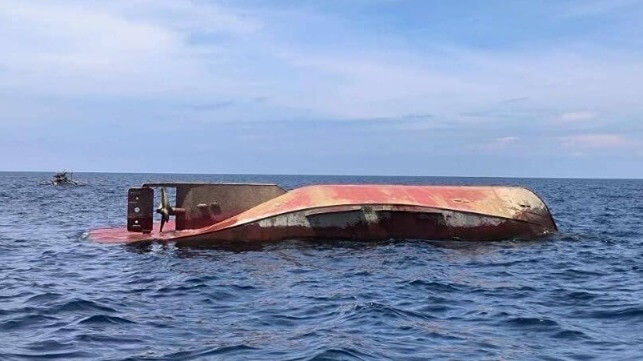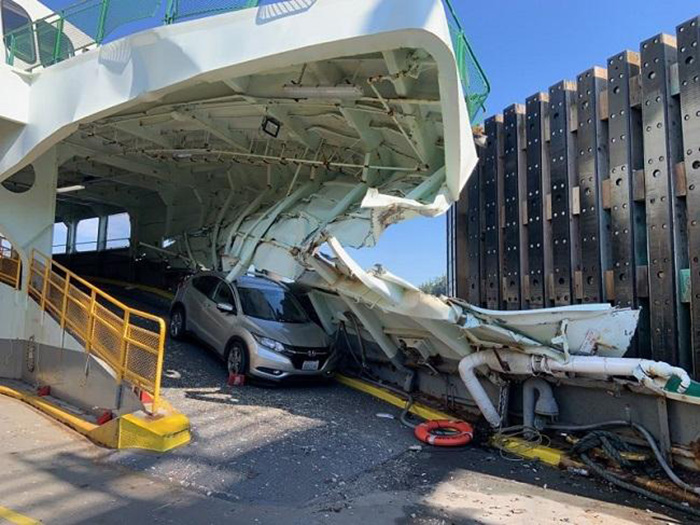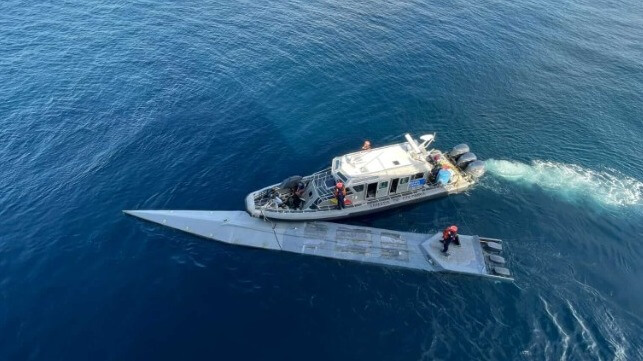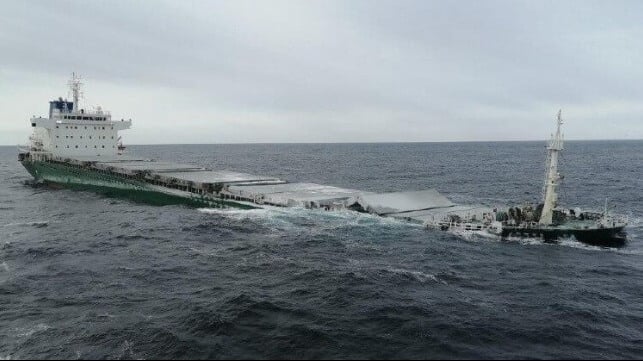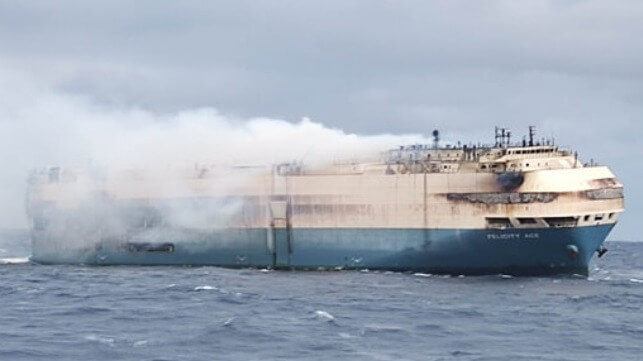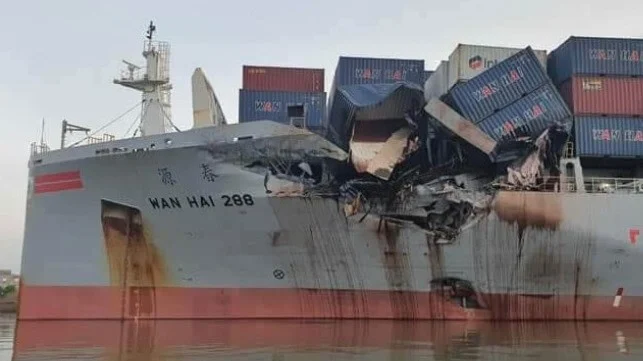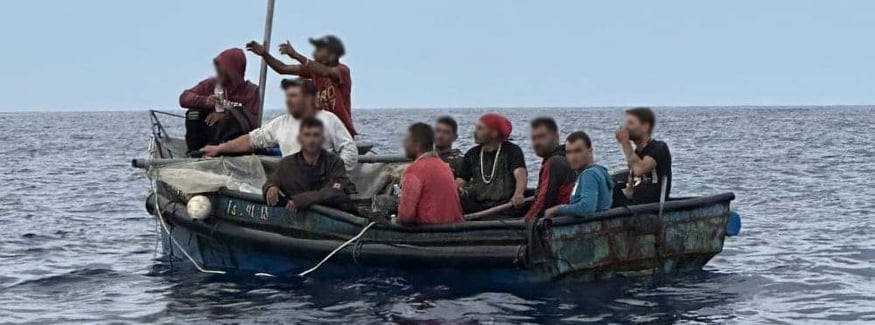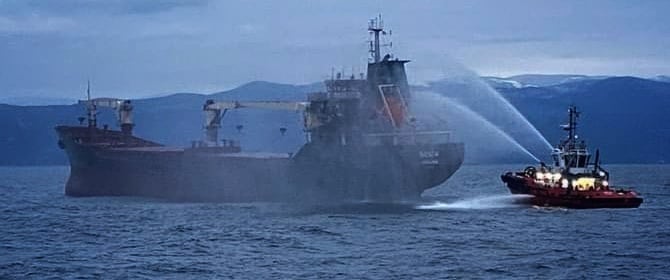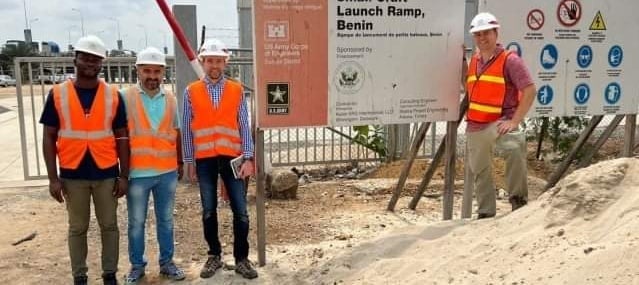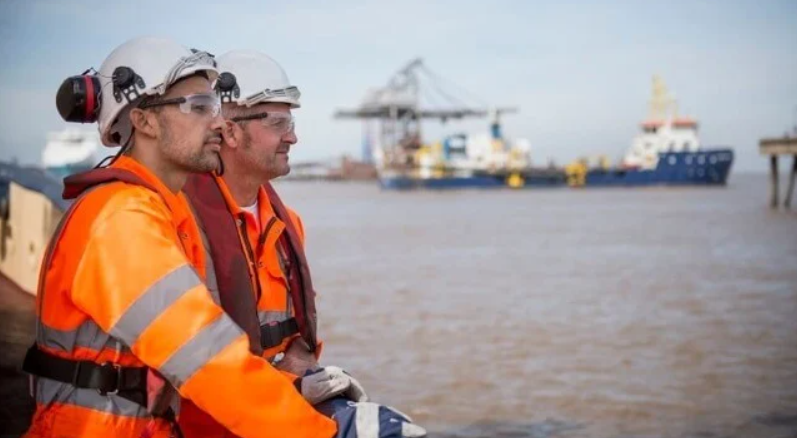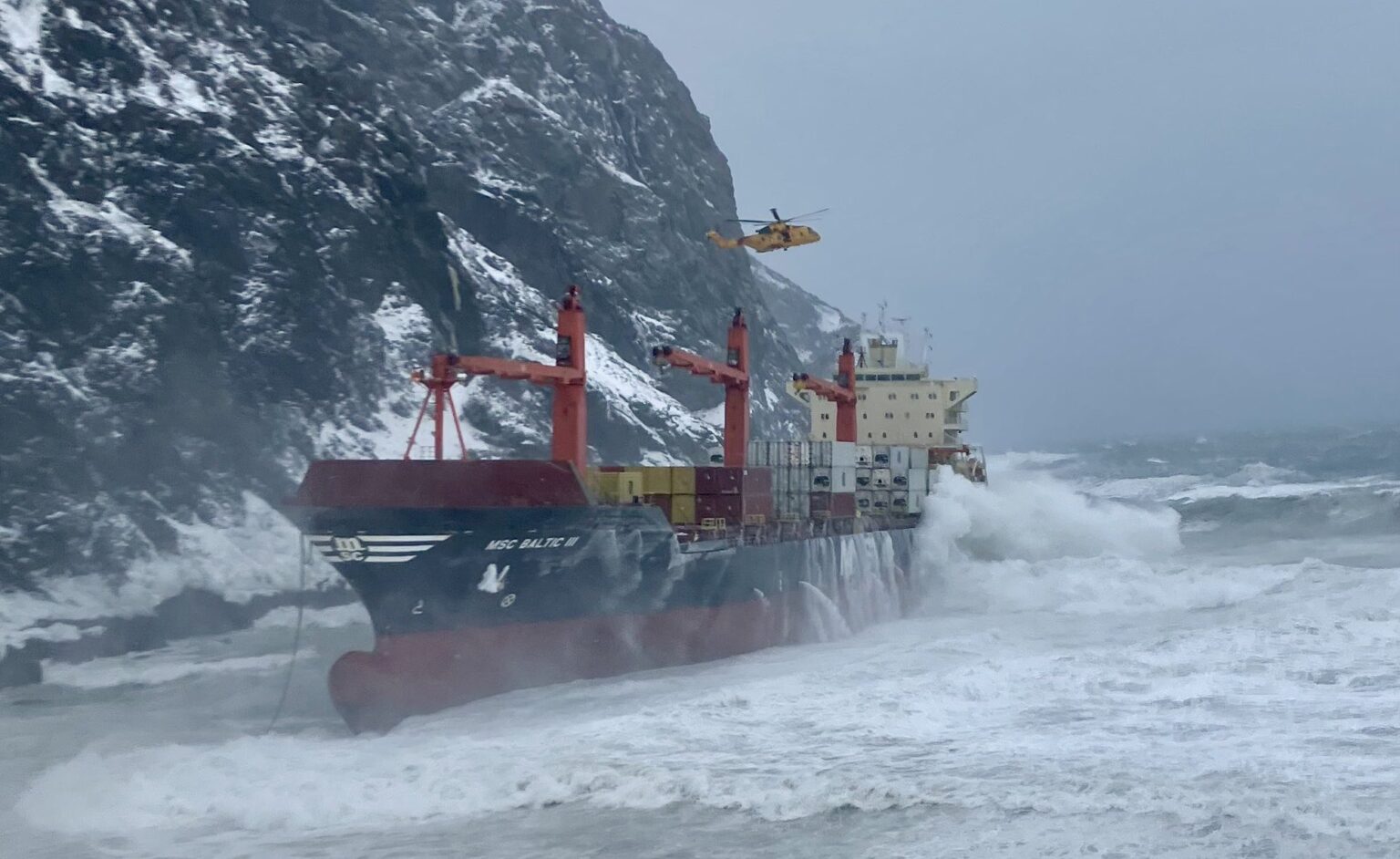|
Getting your Trinity Audio player ready...
|
A tragic maritime accident occurred in the Philippines on March 25, 2025, when a bulk carrier collided with a tugboat’s towline, causing the tug to capsize and resulting in the deaths of two crew members. This incident highlights the dangers faced by vessels involved in towing operations and emphasizes the need for stricter safety measures to protect maritime workers.
In this article, we will explore the details of the accident, the possible causes, official responses, the impact on the shipping industry, and the measures that can be taken to prevent similar tragedies in the future.
Details of the Incident
The accident took place off the coast of Sarangani Province, southern Philippines, when the Panama-registered bulk carrier, “Universe Kiza,” attempted to pass between the Philippine-registered tugboat “Sadong 33” and the barge “LCT Sea Asia”, which the tug was towing.
At approximately 4:20 AM local time, the bulk carrier struck the towline connecting the tug and the barge. The force of the collision caused the tugboat to overturn, quickly sinking and trapping two crew members underwater.
Casualties and Emergency Response
The Philippine Coast Guard (PCG) responded swiftly, dispatching four rescue boats with divers and emergency teams. Six crew members from the tugboat were rescued and taken to a nearby hospital with minor injuries. However, the bodies of the tugboat’s captain and an oiler were recovered later, after an extensive search operation.
Despite the rapid response, the accident claimed two lives, raising concerns about navigational safety and communication between vessels in congested waters.
Investigation and Possible Causes
Authorities have launched a full investigation to determine the root cause of the accident, focusing on potential human error, negligence, or failures in communication between the vessels. Some key factors being examined include:
1. Misjudgment by the Bulk Carrier’s Crew
- The crew of Universe Kiza may have been unaware of the presence of the towline or underestimated the danger of passing between the tugboat and the barge.
- The captain failed to take precautionary measures to avoid the towing zone or communicate with the tugboat crew.
2. Poor Visibility at the Time of the Incident
- Since the accident occurred in the early hours of the morning, low light conditions may have contributed to the bulk carrier’s failure to detect the towline.
3. Non-Compliance with Maritime Navigation Rules
- International maritime regulations require vessels to maintain a safe distance from tugboats engaged in towing operations.
- If the investigation finds that Universe Kiza violated these rules, the crew may face legal consequences.
Detainment and Legal Actions
Following the incident, the Philippine Coast Guard detained the Universe Kiza at General Santos City to conduct further investigations.
Legal officers have been instructed to file appropriate charges against the ship’s captain and crew if negligence is proven. The authorities are also reviewing whether the vessel had received any prior warnings regarding the towline before the collision occurred.
Impact on the Shipping Industry
This tragic event is a reminder of the risks involved in maritime operations and the urgent need for improved safety measures. Similar accidents have occurred in the past, raising concerns about the growing congestion in shipping lanes and the importance of:
- Enhancing safety regulations for high-traffic maritime zones
- Enforcing stricter rules on the minimum safe distance between vessels
- Developing advanced warning systems to alert ships when approaching towing operations
Lessons Learned and Preventive Measures
To prevent similar maritime accidents in the future, the following measures should be implemented:
1. Improved Communication Between Ships
- Tugboats and other smaller vessels must have clear and direct communication with nearby ships, ensuring that their presence is acknowledged and potential hazards are avoided.
2. Enhanced Lighting and Warning Signs for Towing Operations
- Tugboats should be equipped with stronger lighting and warning signals to make them more visible, especially in low-light conditions.
- Advanced sensors and alarms should be installed to alert approaching ships of towing operations.
3. Comprehensive Training for Maritime Crews
- Mariners should receive specialized training on the dangers of towlines and towing operations and how to navigate around them safely.
4. Stronger Regulations for Navigating Near Towboats
- The Philippine maritime authorities should review and strengthen existing regulations to ensure that vessels maintain a safe buffer zone around tugboats.
The capsizing of the Sadong 33 tugboat in the Philippines serves as a stark reminder of the dangers faced by maritime workers and the consequences of navigational errors. Despite the efforts of rescue teams, lives were lost due to poor communication, low visibility, and non-compliance with safety protocols.
This tragedy must be a catalyst for change in the maritime industry, pushing for better safety systems, stricter enforcement of regulations, and increased awareness of the risks associated with towing operations. Ultimately, protecting lives at sea should remain the top priority for all shipping and maritime authorities worldwide.


